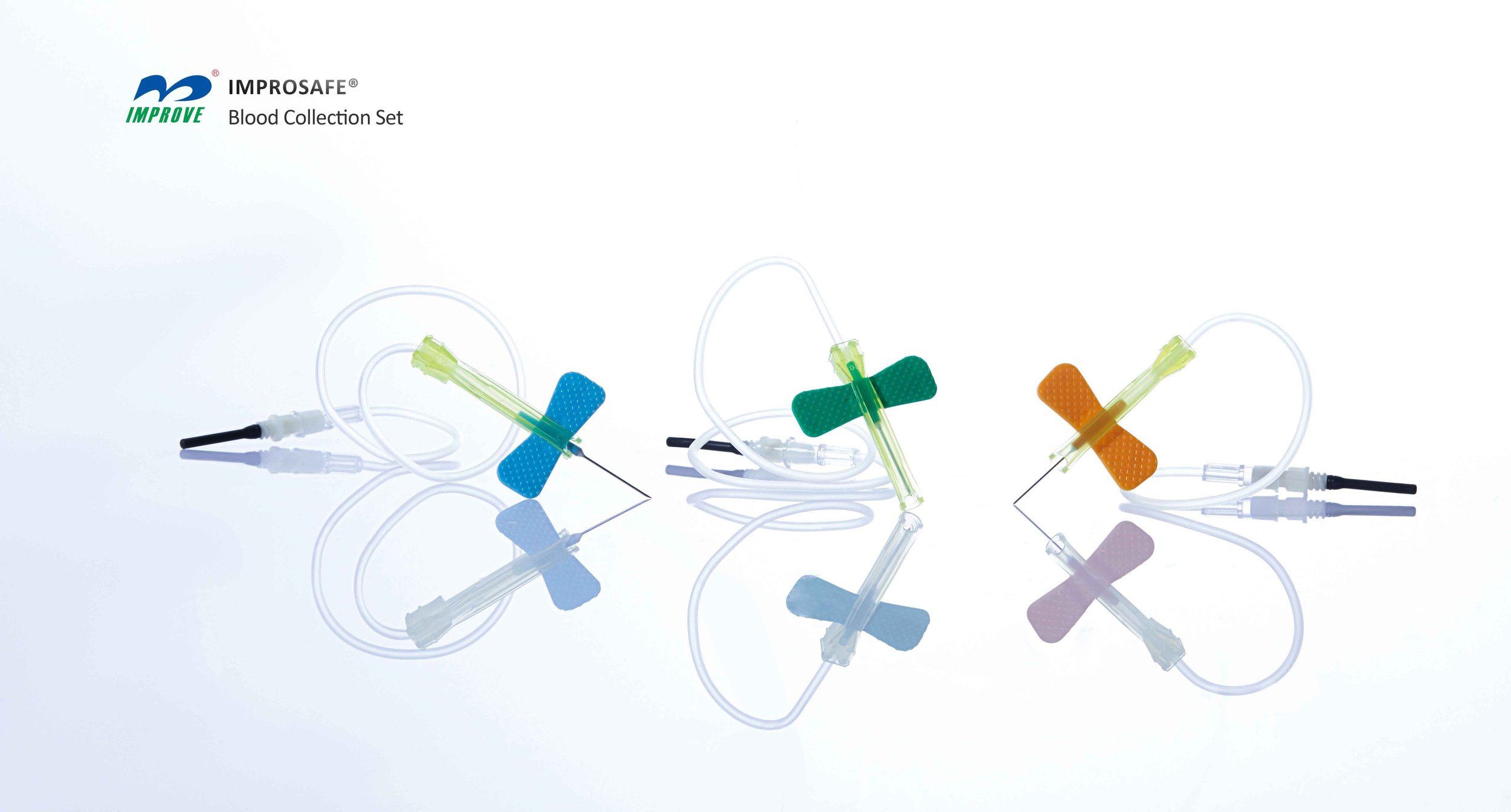Certifications for Phlebotomists in the United States: Everything You Need to Know
Summary
- Phlebotomists play a crucial role in the medical lab setting by collecting blood samples for analysis and testing.
- In the United States, phlebotomists are required to obtain certification through accredited programs and pass a national exam to practice.
- There are various certifications available for phlebotomists, including the Certified Phlebotomy Technician (CPT) and the Phlebotomy Technician (PBT).
Introduction
Phlebotomists are essential members of the healthcare team, responsible for collecting blood samples from patients for medical testing and analysis. In the United States, phlebotomists must obtain certification to practice in a medical lab setting. In this article, we will explore the certifications required for phlebotomists in the United States and how they can be obtained.
Certifications for Phlebotomists
There are several certifications available for phlebotomists in the United States, with the two most common being the Certified Phlebotomy Technician (CPT) and the Phlebotomy Technician (PBT) certifications. These certifications demonstrate that a phlebotomist has met the national standards for training and competency in the field.
Certified Phlebotomy Technician (CPT)
The Certified Phlebotomy Technician (CPT) certification is one of the most widely recognized certifications for phlebotomists in the United States. To obtain this certification, phlebotomists must complete an accredited training program that includes both classroom instruction and hands-on experience with blood collection techniques. After completing the training program, phlebotomists must pass a national exam administered by organizations such as the National Healthcareer Association (NHA) or the American Society of Clinical Pathology (ASCP).
Phlebotomy Technician (PBT)
The Phlebotomy Technician (PBT) certification is another popular certification for phlebotomists in the United States. Like the CPT certification, phlebotomists must complete an accredited training program and pass a national exam to obtain the PBT certification. The exam covers a range of topics, including blood collection techniques, patient care, and laboratory procedures. The PBT certification is offered by organizations such as the American Medical Technologists (AMT) and the National Center for Competency Testing (NCCT).
Requirements for Certification
To become certified as a phlebotomist in the United States, individuals must meet certain requirements set forth by the certifying organization. These requirements may vary depending on the certification program, but typically include:
- Completion of an accredited phlebotomy training program
- Hands-on experience with blood collection techniques
- Passing a national exam
- Continuing Education requirements to maintain certification
How to Obtain Certification
Obtaining certification as a phlebotomist in the United States involves several steps, including completing an accredited training program and passing a national exam. Here is an overview of the process:
- Enroll in an accredited phlebotomy training program: Phlebotomists must complete a training program that meets the standards set forth by the certifying organization. These programs often include classroom instruction, hands-on practice with blood collection techniques, and supervised clinical experience.
- Prepare for the national exam: Once the training program is completed, phlebotomists must prepare for the national exam by studying the exam content and practicing blood collection techniques. There are many study resources available, including practice exams, study guides, and online courses.
- Take the national exam: Phlebotomists must schedule and take the national exam administered by the certifying organization. The exam typically consists of multiple-choice questions that cover a range of topics related to phlebotomy and blood collection. Phlebotomists must achieve a passing score to obtain certification.
- Maintain certification: Once certified, phlebotomists must meet Continuing Education requirements to maintain their certification. This may include completing a certain number of Continuing Education credits or taking a recertification exam every few years.
Conclusion
Phlebotomy is a vital aspect of healthcare, and phlebotomists play a crucial role in the medical lab setting. In the United States, phlebotomists must obtain certification through accredited programs and pass a national exam to practice. There are several certifications available, including the Certified Phlebotomy Technician (CPT) and the Phlebotomy Technician (PBT) certifications. By meeting the certification requirements and obtaining the necessary training, phlebotomists can ensure they are well-equipped to provide quality care to patients and support the healthcare team.

Disclaimer: The content provided on this blog is for informational purposes only, reflecting the personal opinions and insights of the author(s) on the topics. The information provided should not be used for diagnosing or treating a health problem or disease, and those seeking personal medical advice should consult with a licensed physician. Always seek the advice of your doctor or other qualified health provider regarding a medical condition. Never disregard professional medical advice or delay in seeking it because of something you have read on this website. If you think you may have a medical emergency, call 911 or go to the nearest emergency room immediately. No physician-patient relationship is created by this web site or its use. No contributors to this web site make any representations, express or implied, with respect to the information provided herein or to its use. While we strive to share accurate and up-to-date information, we cannot guarantee the completeness, reliability, or accuracy of the content. The blog may also include links to external websites and resources for the convenience of our readers. Please note that linking to other sites does not imply endorsement of their content, practices, or services by us. Readers should use their discretion and judgment while exploring any external links and resources mentioned on this blog.
